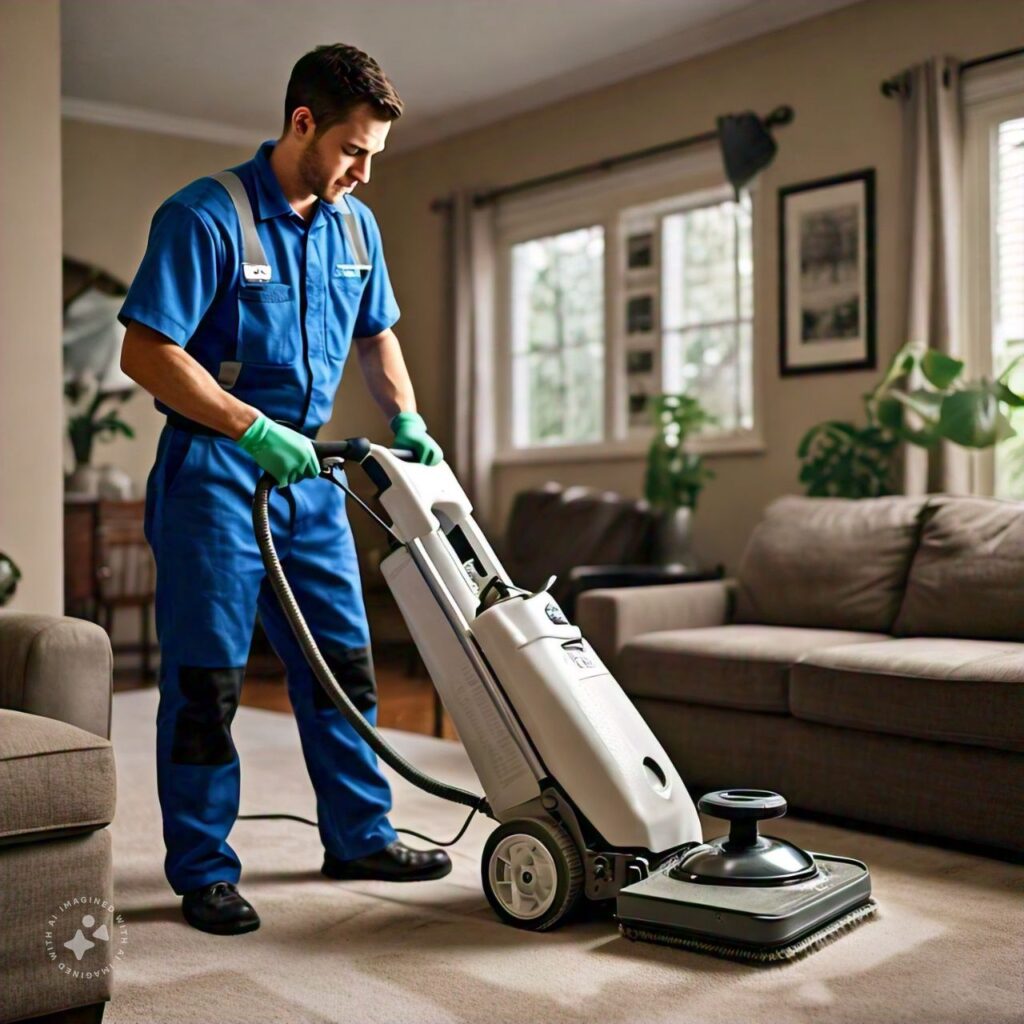
Maintaining a clean workspace is essential for preventing the spread of germs and illnesses, especially in high-traffic areas. Regular commercial cleaning plays a crucial role in ensuring a hygienic environment, reducing the risk of infections, and promoting the overall health and well-being of employees and visitors.
Understanding the Importance of Disinfection and Sanitization
Regular cleaning involves removing dirt and debris from surfaces, but disinfection and sanitization go a step further by killing germs and bacteria. High-touch surfaces, such as door handles, light switches, keyboards, and shared equipment, can harbor harmful pathogens that can easily spread from person to person. Regular disinfection and sanitization of these surfaces are essential to prevent the spread of illnesses, particularly in office environments, schools, healthcare facilities, and other high-traffic areas.
Implementing Effective Cleaning Protocols
Effective cleaning protocols are crucial in maintaining a hygienic environment. This includes using appropriate cleaning products and techniques for different surfaces and areas. For example, high-touch surfaces should be disinfected more frequently, while areas with higher contamination risks, such as restrooms and kitchens, require more thorough cleaning. Establishing a regular cleaning schedule and ensuring that cleaning staff are properly trained in disinfection and sanitization techniques are essential for maintaining a clean and safe environment.
The Role of Professional Cleaning Services
Professional cleaning services play a vital role in preventing the spread of illness. Professional cleaners have the expertise, equipment, and products needed to effectively clean and disinfect various environments. They are trained in using the latest cleaning techniques and follow industry best practices to ensure a thorough and effective cleaning process. Hiring professional cleaning services ensures that your workspace is cleaned to the highest standards, reducing the risk of infections and promoting a healthier environment for employees and visitors.
Reducing the Risk of Common Illnesses
Regular commercial cleaning helps in reducing the risk of common illnesses, such as colds, flu, and gastrointestinal infections. These illnesses can spread rapidly in crowded environments, leading to increased sick days and decreased productivity. By maintaining a clean and hygienic workspace, businesses can reduce the incidence of these common illnesses, ensuring that employees remain healthy and productive.
Enhancing Employee Health and Well-Being
A clean and hygienic work environment is essential for the health and well-being of employees. Poor indoor air quality, dirty surfaces, and high levels of allergens can lead to respiratory issues, allergies, and other health problems. Regular cleaning and disinfection help in improving indoor air quality and reducing the presence of allergens, ensuring a healthier work environment for employees. This not only reduces sick days but also enhances overall employee satisfaction and well-being.
Promoting a Culture of Cleanliness
Promoting a culture of cleanliness within the workplace is essential for maintaining a hygienic environment. Encouraging employees to practice good hygiene, such as regular handwashing and keeping their workspaces clean, can significantly reduce the spread of germs. Providing adequate cleaning supplies, such as hand sanitizers, disinfectant wipes, and tissues, and placing them in accessible locations can also promote a culture of cleanliness and hygiene within the workplace.
In conclusion, regular commercial cleaning plays a crucial role in preventing the spread of illness and promoting a healthy and productive work environment. By implementing effective cleaning protocols, hiring professional cleaning services, and promoting a culture of cleanliness, businesses can ensure a hygienic environment that reduces the risk of infections and enhances the health and well-being of employees and visitors.